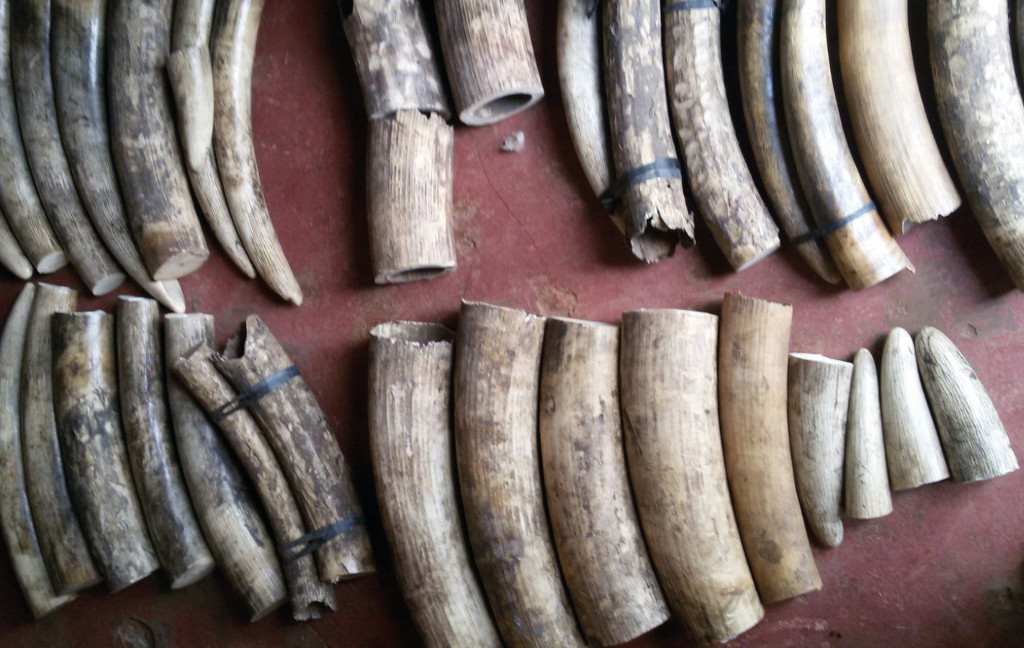
Having addressed Tusk’s Time for Change event on the eve of the CITES conference, now that the conference is over CITES Secretary-General John Scanlon has hailed it as “a game changer that will be remembered as a point in history when the tide turned in favor of ensuring the survival of our most vulnerable wildlife”. Fifty-one of the proposals discussed over the fortnight were accepted, five were rejected and six were withdrawn. Governments agreed to take stronger actions in combating illegal wildlife trade, higher protection for entire groups of species, targeted demand reduction strategies for illegally traded wildlife, and agreement on closer engagement with rural communities.
The Good News
Tusk is delighted that some very positive steps were taken to protect African wildlife that is the focus of its work. These include:
- Namibia and Zimbabwe’s proposals to remove their elephant populations from the existing annotations from the Appendix II listing were rejected, thereby removing the potential for any legal sales of ivory from these populations in the immediate future.
- Discussions on how to trade elephant ivory through a “decision-making mechanism” were rejected.
- While not legally-binding (as CITES only governs international trade), governments agreed that every country should “take all necessary legislative, regulatory and enforcement measures to close their domestic markets for commercial trade in raw and worked ivory as a matter of urgency”.
- Swaziland’s proposal to alter the Appendix II listing of their white rhino population – which would have paved the way for a legal sale of their stockpile of 330kg of rhino horn – was overwhelmingly rejected.
- All four African species of pangolin (as well as four Asian species) were transferred from Appendix II to Appendix I, prohibiting international trade in their body parts for traditional medicine, luxury foods, or as bushmeat.
The Bad News
Unfortunately, it was not all good news for African wildlife, and Tusk is disappointed at the outcome from two key proposals:
- Despite much positive news for elephants, the proposal to include all African elephants in Appendix I (thereby moving the elephant populations of Botswana, Namibia, South Africa and Zimbabwe from Appendix II to Appendix I) was rejected. It was argued that the elephant populations of those countries do not meet the CITES biological criteria for an Appendix I listing, and some therefore saw it as upholding CITES’ science-based decision-making process. Nevertheless, the rejection of the proposal still leaves the door open for future legal sales of ivory.
- The proposal to transfer all populations of African lions from Appendix II to Appendix I was rejected, although an annotation was added that bans the trade in their parts, including bones, claws, teeth, and skulls from wild lions. The captive breeding of lions escaped the ban, with South African breeders only required to submit an annual quota for bone exports. This could therefore undermine the ban in parts from wild lions, by facilitating an illegal trade. Tusk is concerned about the escalation of international trade in lion parts, but still stresses that more attention is required to prevent further habitat loss and to mitigate human-lion conflict, which are by far the greatest threats to lions.
Click here to read more about the threats facing Africa’s wildlife.
